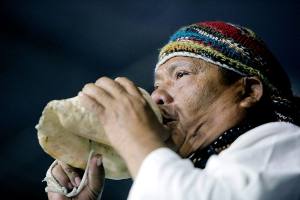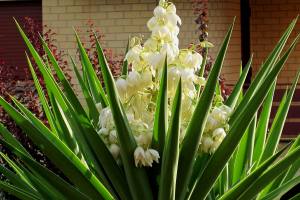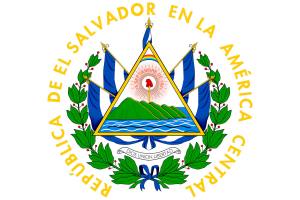All developed countries have a National Tree, but in El Salvador, two receive the same distinction and the recognition of its people.
We are talking about the Maquilishuat and the Balsamo. Both share a place within the national symbols, together with the Torogoz and the Izote flower, the National Bird, and the National Flower of El Salvador.
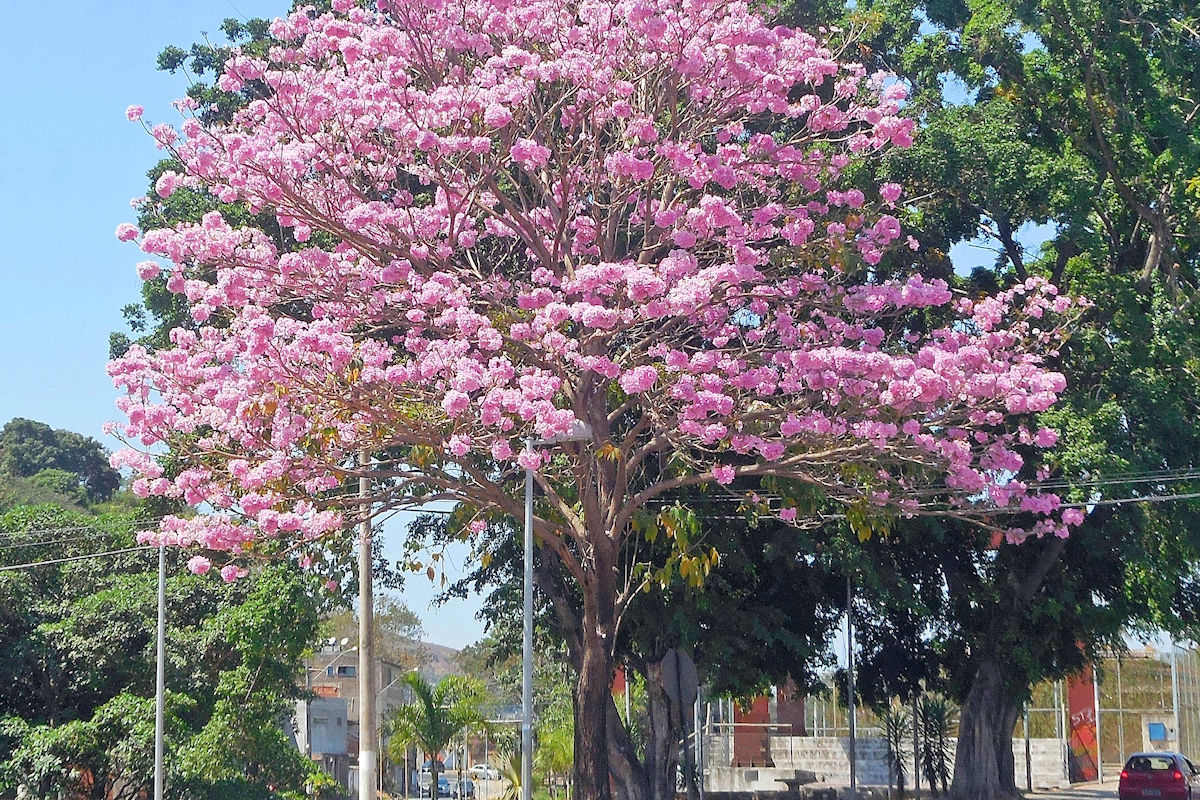
NATIONAL TREE OF EL SALVADOR - Maquilishuat. Photo by HVL. Wikimedia Commons.
These trees were declared as such on September 1, 1939, by Executive Decree, ratified by the National Legislative Assembly the following year. In addition, Decree No. 44 established that it would commemorate National Tree Day annually on June 22.
For this date, the celebration will be focused on the Maquilishuat since it is the primary and most important tree. However, both are protected species, and since their naming, their cultivation has been promoted throughout the Salvadoran territory.
What makes Maquilishuat and Balsamo so unique? Come and find out below.
National Tree: Maquilishuat
The Maquilishuat is the National Tree of El Salvador; its scientific name is “Tabebuia Rosea.” This species is native to Central and South American countries, such as Mexico, Guatemala, El Salvador, Venezuela, Colombia, and Peru.
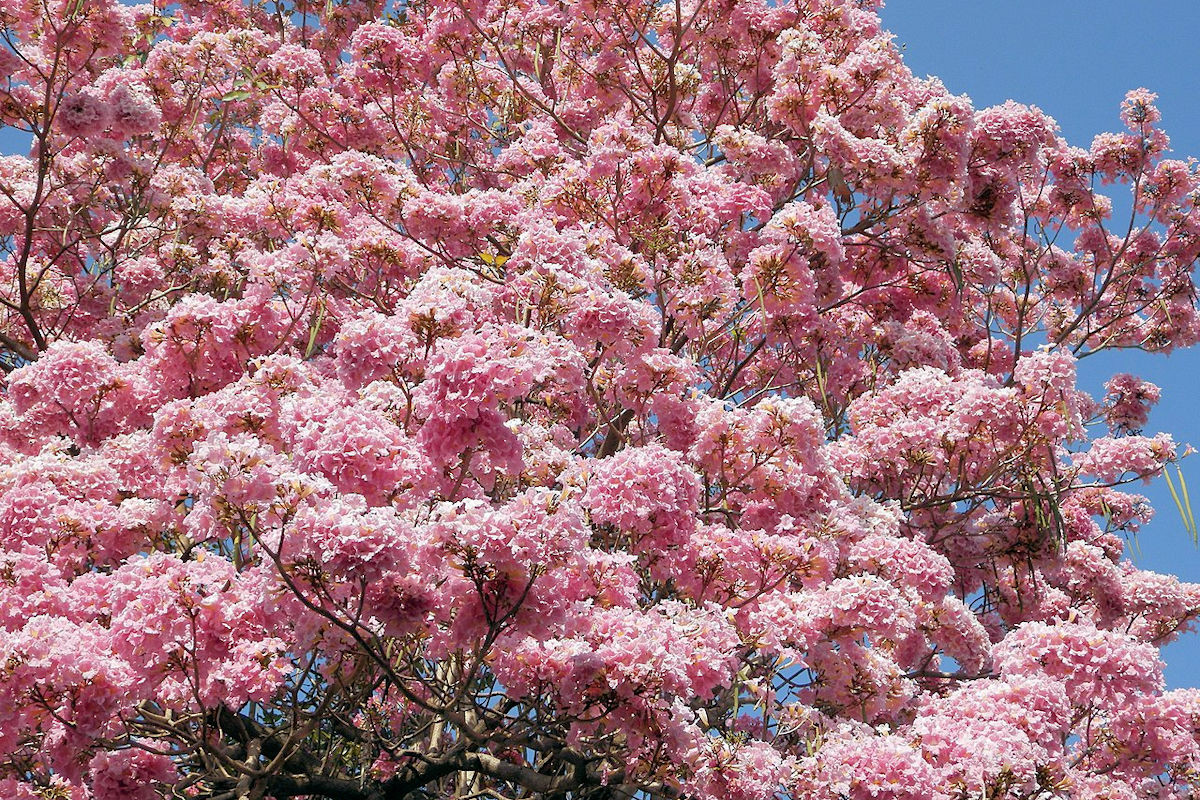
It can also find in other countries that make up the continent with less abundance and under a different name. In this sense, Maquilishuat or maculis is a word of Nahuatl origin that means “leaf of 5 petals or fingers” because of the shape of its flowers.
Similarly, its name varies from the country where it is grown, so it is called matilisguate in Guatemala and apamate in Venezuela. In addition, macuelizo in Honduras, pink oak, or guayacan in Colombia, among others.
Main characteristics
This National Tree can reach 15 to 25 m in height. The extension of its branches covers a few meters around it, so it creates a carpet of petals at its feet during its flowering.
Although this flowering is most common between February and May, it can extend even further depending on its location. Once all its branches are covered with flowers, it becomes the most beautiful tree on the continent.

On the other hand, its pink flowers vary in color intensity, so it is prevalent to find a gradient ranging from white, pink, orange, and red to purple.
Curiously, the Maquilishuat can grow in a humid and warm habitat, which makes it possible to cultivate it in any region of El Salvador. An example of this is the deciduous forests that cover most of the nation and the evergreen forests in the coastal plains.
Uses of Maquilishuat
Maquilishuat has a particular type of wood, widely coveted in cabinetmaking. It is used to manufacture and design luxury and high-quality furniture as a raw material. As a National Tree, it represents an essential economic contribution to the development and growth of the population.
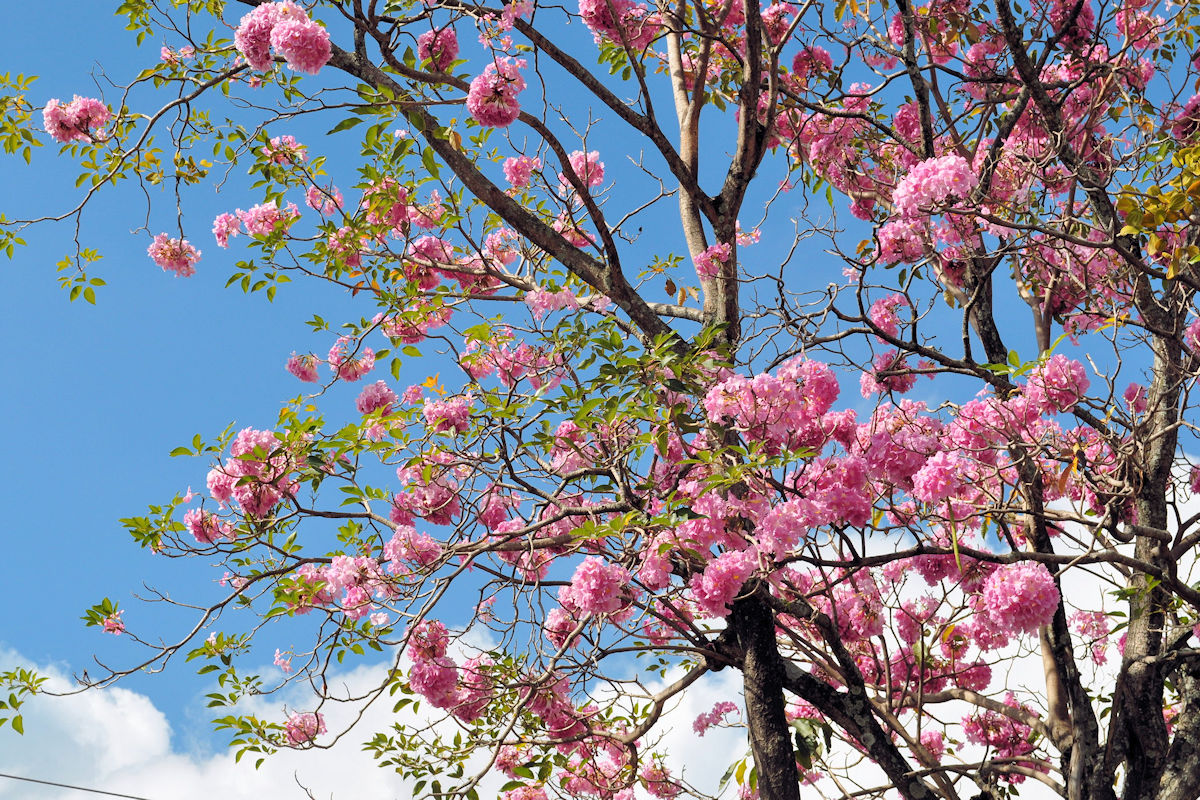
On the other hand, it is attributed to medicinal properties that are little known but highly appreciated in biology, botany, and natural medicine. For example, from its bark are extracted substances used to treat typhoid fever and sore throat, as well as diabetes, and malaria, among others.
Balsam, the other National Tree of El Salvador
Myroxylon Pereirae is the scientific name given to this National Tree. The pre-Columbian peoples already knew its properties and benefits before the arrival of the Spaniards. It was then called Hoitziloxitl, which in Nahuatl means “Hummingbird Ointment.”
During colonization, the balsam began to be extracted from the tree to be exported to Spain in 1493. It occurred in what is now the Department of Sonsonate.
From this point, the balsam was transported to Peru and Spain. That is why, for centuries, the National Tree was erroneously known as the Balsam of Peru.
Main characteristics
As a patriotic symbol and National Tree, the balsam stands out in size and its wood’s thickness, making it an extremely resistant tree. It grows in the mountainous departments of Sonsonate and La Libertad, an area known by all Salvadorans as the “Cordillera del Balsamo.”

Its branches are covered with smaller dark green leaves compared to the Maquilishuat, white flowers, and inedible fruit in the form of a pod of between 6 and 8 cm. On the other hand, its flowering stage occurs between February and March.
However, throughout the year, its leaves retain their natural color without alteration. It is an evergreen species and grows in forests of this type.
Uses of Balsam
The first to take advantage of the properties of this National Tree were the pre-Columbian Indians. The methods to extract the oil are unknown, but they used it to alleviate ailments and as incense in their ceremonies.
Although its fruit is not edible, it is also used to extract oil. This balsam is stored in barrels and then sold to different industrial areas.
The main one is the pharmaceutical industry, where anti-inflammatory, healing, and antibacterial medicines are manufactured, among others. It is used to manufacture food, ointments, and cosmetic products.
As for its wood, it is hard, heavy, and dense, which is why it has been used for years to build railroad tracks. It is material par excellence for construction, furniture, and more.
It is essential to mention that in the countries of America where this National Tree grows, none of its properties are used. El Salvador is the only country that exports balsam to countries such as the United States, France, Germany, and England.
Finally, we could not fail to mention that the National Tree of El Salvador represents the abundance and productivity of this land. A country where life grows and develops in different aspects, and it exalts the field’s work and its inhabitants’ connection with the environment.



